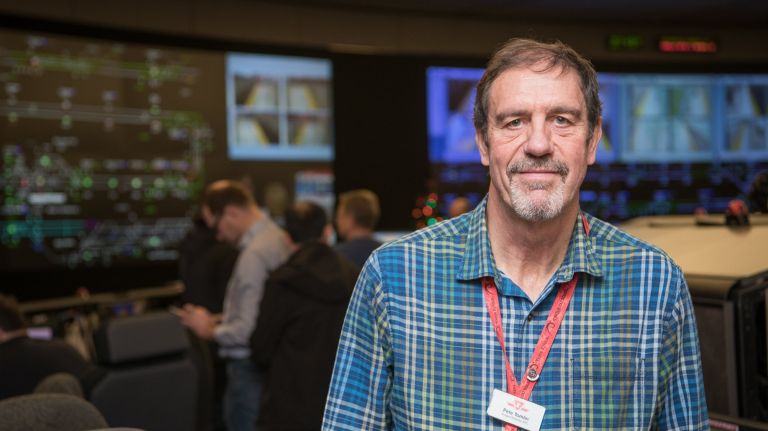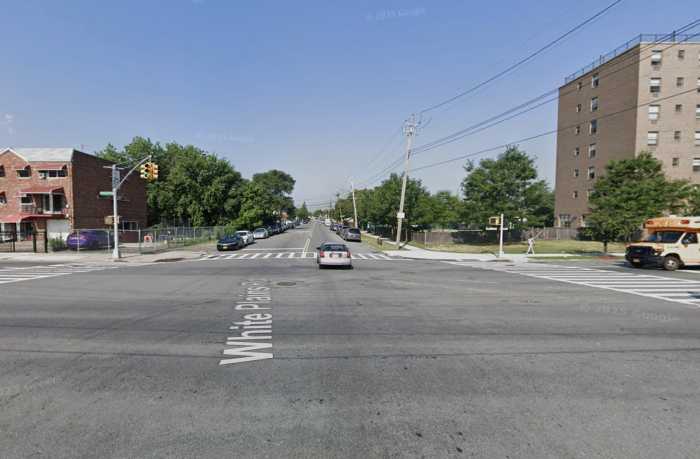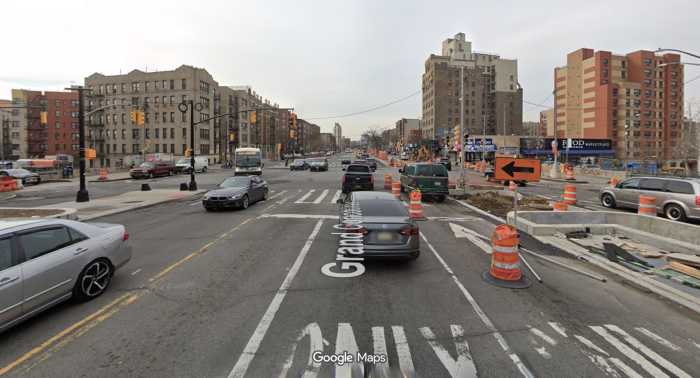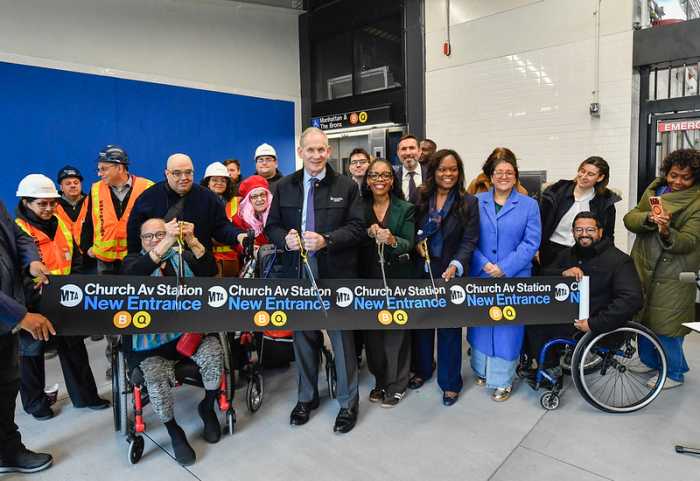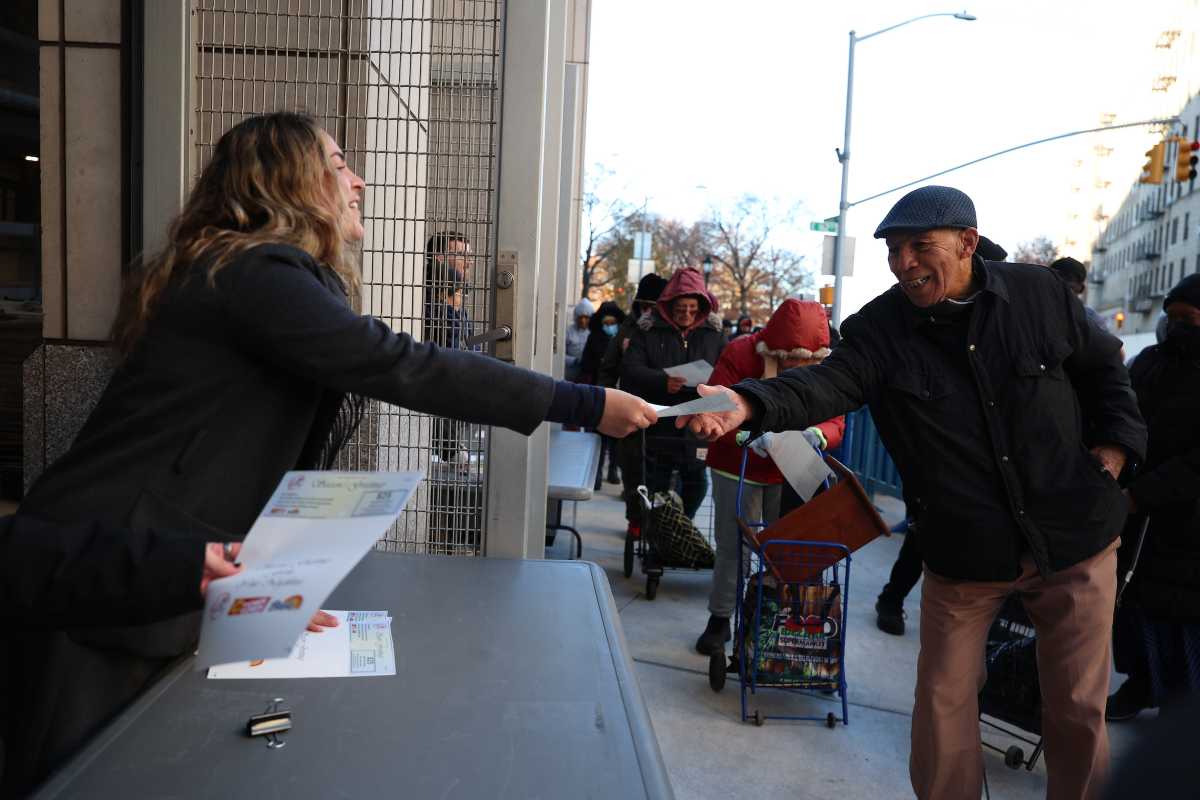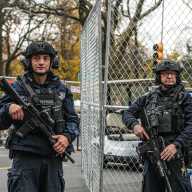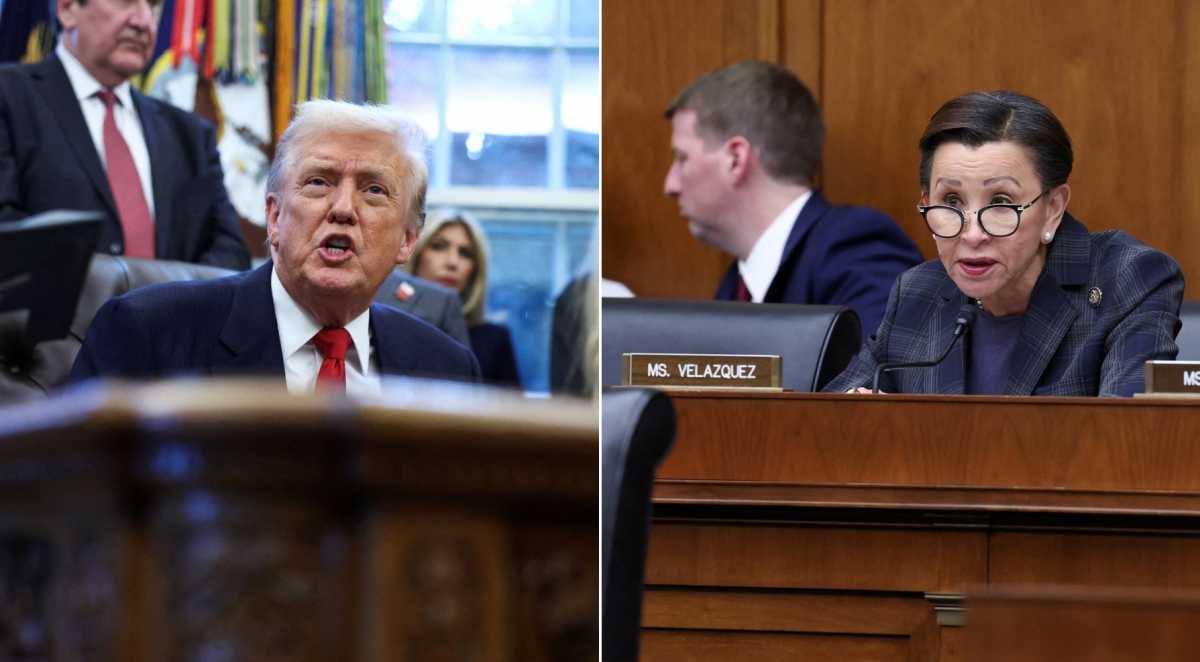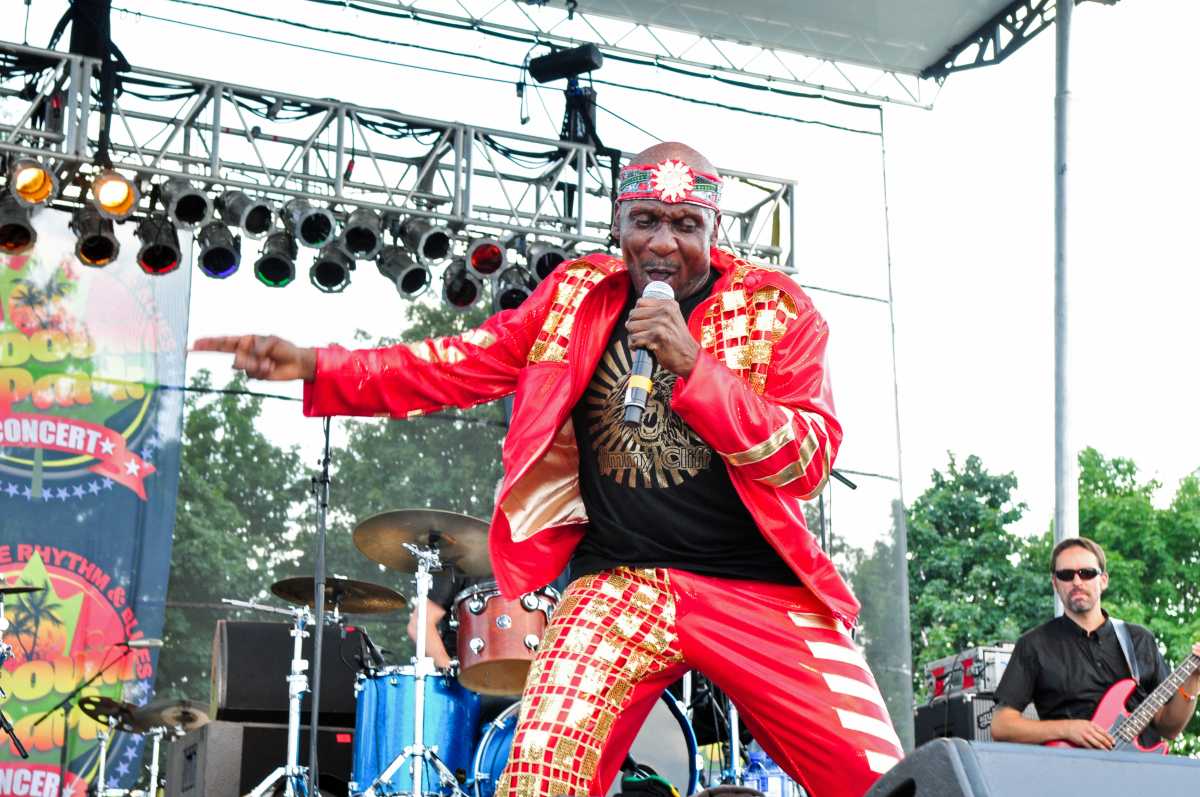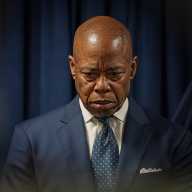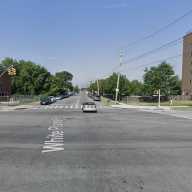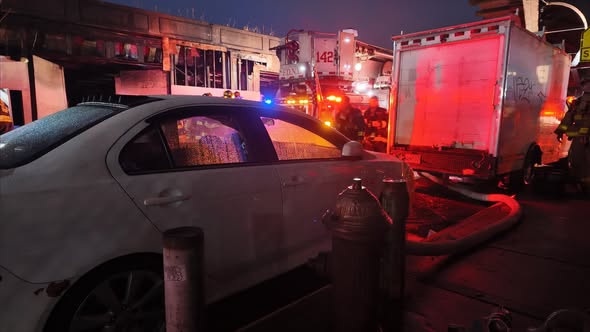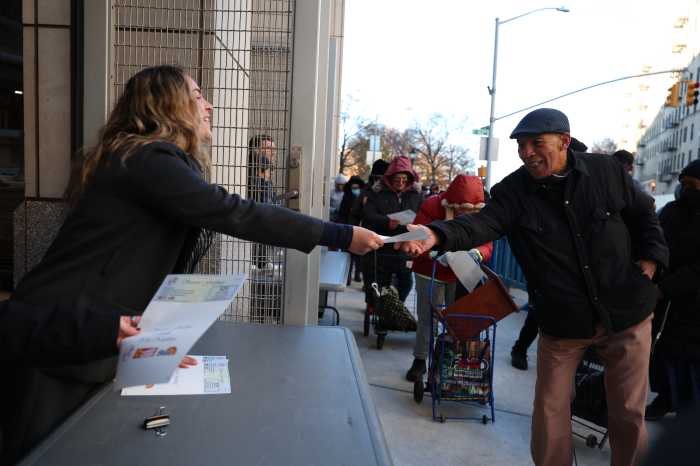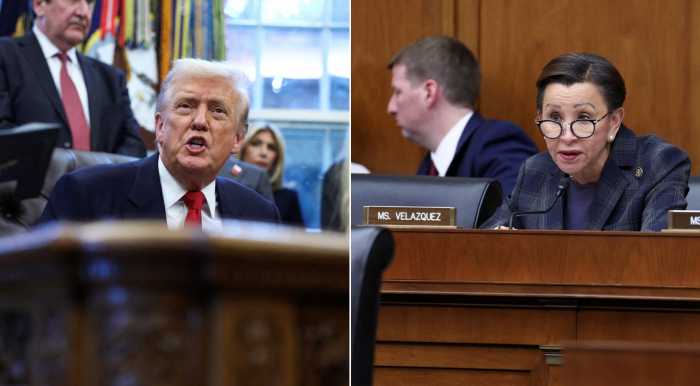One assurance left in MTA New York City Transit President Andy Byford’s resignation letter on Thursday is that he had confidence the team he put together would keep the city’s transit system on track.
But a day following news that Byford would depart the agency on Feb. 21, signals chief Pete Tomlin announced that he, too, would follow the man who appointed him out the door.
Lisa Daglian, the executive director of the Permanent Citizens Advisory Committee to the MTA, told amNewYork Metro that Tomlin is a little-known figure who holds the system together — and his exit does not bode well for the MTA’s future.
“Pete Tomlin’s resignation was the second tough blow for riders in a terrible week. He’s the guy most New Yorkers never heard of who would make a huge difference in their daily lives,” Daglian said. “A well-respected signals expert, Pete knows what needs to be done to bring the subway system into the 21st century and was just getting underway. Pete and Andy Byford were really a dream team and we’re very sorry to see them go.”
The Riders Alliance has fought to hold not only the MTA, but also Governor Andrew Cuomo, accountable for getting the subways rumbling to business as usual. With the MTA in the process of modernizing the subway signal system, they see see the departure of any expert at this stage as a major setback for commuters.
“It’s on the governor to make sure the signals are fixed. It’s worrisome to have an expert leave at the beginning of the process,” Danny Pearlstein, policy director for the organization, said.
Beyond the signals, New York City Transit will also tackle an array of herculean tasks without Byford.
Not only does the MTA face the task of making as many of the 472 stations in the subway system completely ADA accessible for riders as possible, it must also overhaul the century old signal system and replace it with Communications-based Train Control (CBTC). Some lines already have CBTC such as the L train and the 7 line, but the majority of routes still need the upgrade.
Only as recently as early January has a $245.8 million contract been awarded to have CBTC installed on the A, C, and E lines.
Tomlin was appointed in December 2018 following Byford’s appointment as president of New York City Transit.
In Byford’s resignation letter to MTA COO Mario Peloquin, he indicated that the MTA’s reorganization efforts contributed to his departure.
“The Alix Partners MTA Transformation plan called for the centralization of projects and an expanded HQ, leaving Agency Presidents to focus solely on the day-to-day running of the service,” Byford wrote. “I have built a excellent team and there are many capable individuals in Transit and other within the MTA family, who could perform this important, but reduced, service delivery role.”
Council Speaker Corey Johnson took took up an ominous tone to Byford’s resignation again. He also argued for municipal control of subways, and told Twitter followers he would not let talent such as Byford’s slip through their fingers.
https://twitter.com/NYCSpeakerCoJo/status/1220394369519439874?s=20
Whether or not city control of subways is viable, after the city relinquished control to the state in the 1980s. However, Johnson and other elected officials have said the city is in better shape now and should reclaim responsibility for NYC Transit.



